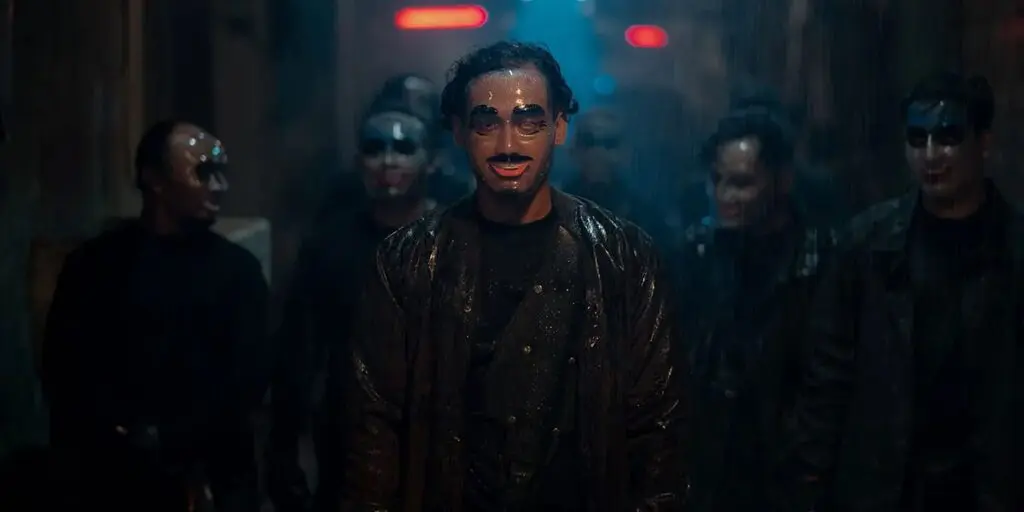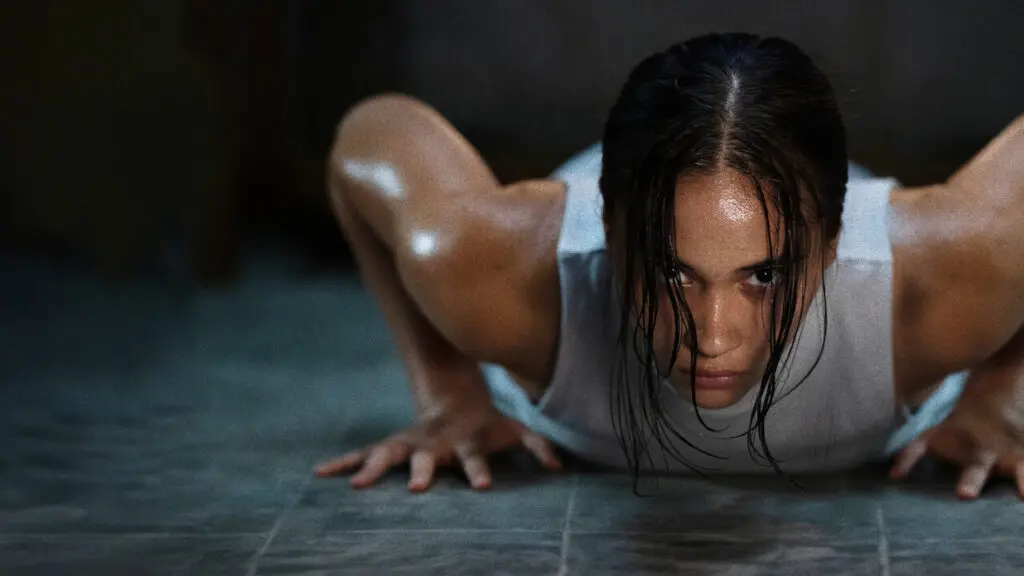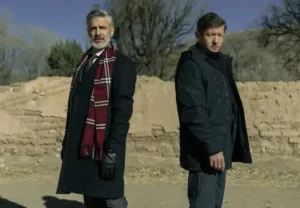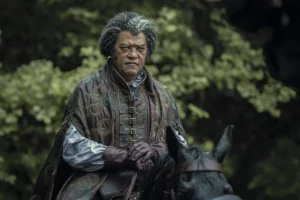Summary
Timo Tjahjanto is on fine form in The Shadow Strays, a kinetic and psychotically violent action movie that is perhaps a touch overlong.
Sometimes I feel like Timo Tjahjanto was put on earth just for me. The Indonesian filmmaker only seems interested in making movies that appeal directly to my personal sensibilities – action and horror with turbo-charged kineticism, balletic choreography, and psychotic splatter-violence. The Shadow Strays is exactly this. It’s wonderful.
This is the second film in Tjahjanto’s multi-film Netflix deal, the first being The Night Comes For Us, which was similarly excessive in every way possible. It’s a grand, operatic action movie that delivers 144 minutes of increasingly wrought uber-violence, topping itself at every opportunity. There’s a story too, but you’ll forget about the plot particulars quickly – some of the kills, not so much.
But let’s go over the specifics anyway. The title refers to a secretive agency of emotionless assassins known as Shadows, and we’re introduced to them as sneaky ninjas lopping off the limbs and heads of yakuza henchmen in a Japan-set opening. But it’s a bit more sinister than that. The Shadows – most, though not all of whom seem to be female – are trained from childhood to be emotionless untethered badasses, and they’re kept that way through medication and extremely draconian rules that penalize softness and hesitancy of any kind.
So, when “13” – an apparently 17-year-old trainee, though Aurora Ribero, who plays her, is 20 and looks a little older than that – pauses for a moment during the Japan job, she’s sidelined by her superior and mentor, Umbra (Hana Malasan). She’s supposed to lounge around in Jakarta and keep herself to herself. Instead, she befriends an 11-year-old boy named Monji (Ali Fikry) and, when his mother is killed and he’s kidnapped by a crime syndicate, she sets out to singlehandedly dismantle the entire organization.

The Shadow Strays | Image via Netflix
That’s it, really. Of course, 13’s extracurricular activities attract the attention of the Shadows, and there’s a bit of backstory and a strained mentor-mentee dynamic that is supposed to add a bit of context to the bloodletting, but plot in Tjahjanto movies is like a white background that the actors pose in front of. You’re just waiting for it all to get spattered with blood. And trust me – it does.
I’m consistently amazed at the stuff Tjahjanto comes up with violence-wise, even when I think I can see it coming. There’s a big hook hanging from the ceiling or a spike sticking out of a wall? Okay, well then obviously someone’s going to… oh. I guess you could do that too. Every action scene – and there are several, as ever – is as if prime Jackie Chan walked onto the set of a horror movie without realizing it. It’s improvisational, tactile, and just a little bit insane. I’m here for it.
The plot and character work, less so. And while this is basically a given, in a movie that runs for over two hours, it’s still worth mentioning. Tjahjanto is a much better visual stylist than he is a writer, and he’s much better at directing action than dialogue. There’s a lethargy in the expositional scenes that you won’t find when the gloves come off, and since a movie can’t – unfortunately – be all action all the time, you’re going to have to wade through some melodrama to get to the good stuff.
But the good stuff in The Shadow Strays is well worth the price of admission. Tjahjanto is a dynamite filmmaker who makes very specific movies for a very specific audience, and I’m happy to say that I’m it. Fans of his work will have little to complain about here unless it’s having to look away at a few creative uses of nails, spikes, and other sharp implements.
Then again, fans of work will be expecting that anyway.




